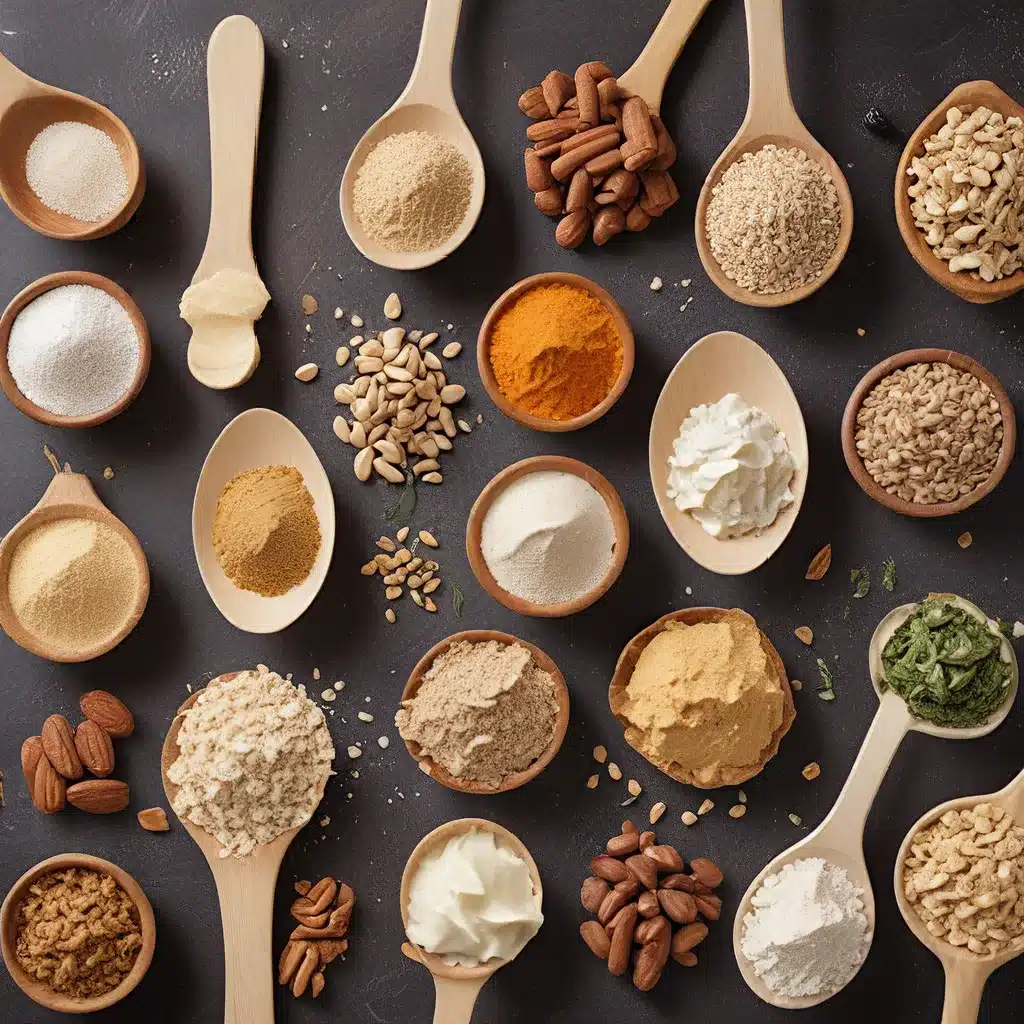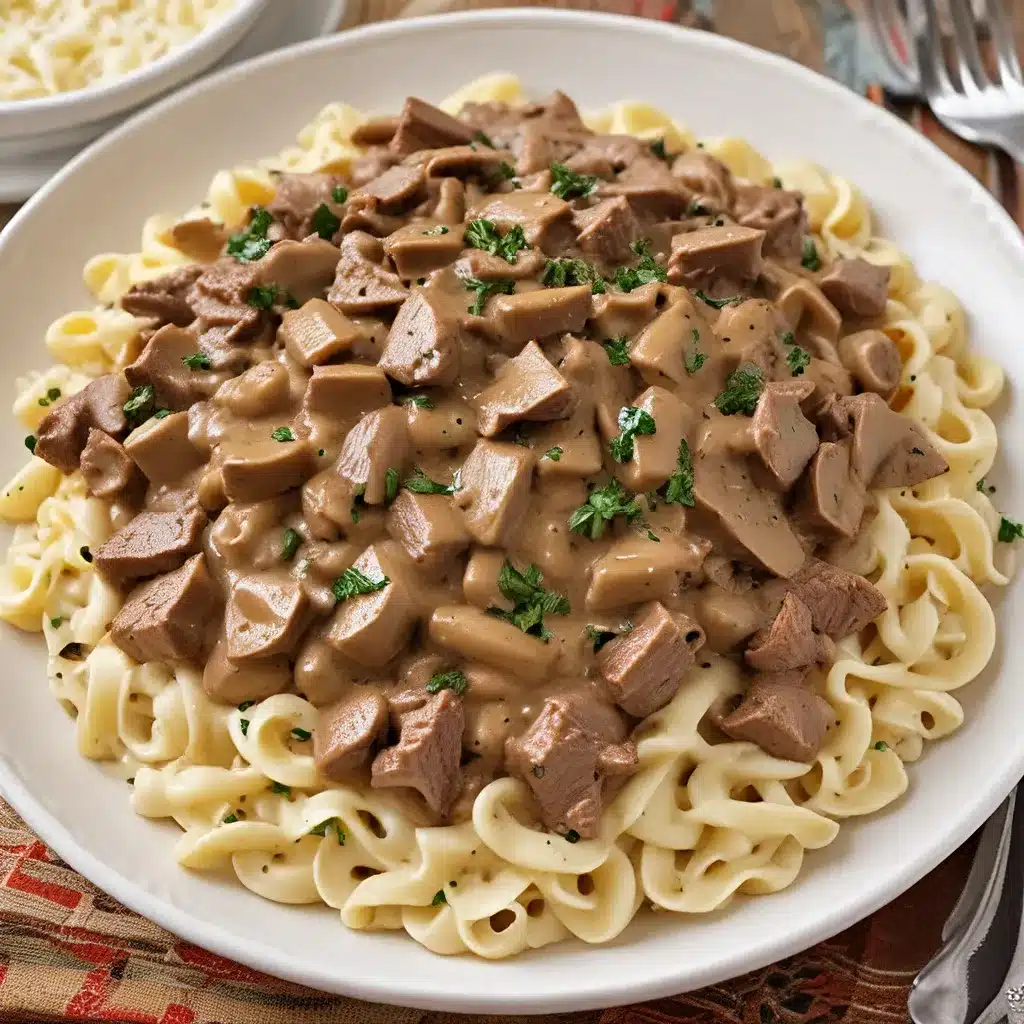
In the pursuit of a healthier lifestyle, the temptation to overhaul our entire diet can feel overwhelming. But what if I told you that making simple, strategic ingredient swaps in your cooking could lead to big nutritional payoffs? It’s true – by mindfully substituting a few key ingredients, you can transform your favorite recipes into more nourishing, satisfying meals.
As a home cook myself, I know how daunting it can be to rethink recipes we’ve been making for years. But trust me, the benefits of these healthy swaps are well worth the effort. Not only will you be cutting back on unhealthy fats, sugars, and carbs, but you’ll also be boosting your intake of essential vitamins, minerals, fiber, and good-for-you fats. It’s a win-win for your taste buds and your waistline.
The Power of Ingredient Substitutions
The concept is simple: by swapping out less nutritious ingredients for healthier alternatives, you can create meals that are just as delicious but far more beneficial for your body. Think about it – how much of a difference could it make to use olive oil instead of butter, or Greek yogurt instead of sour cream? The answers may surprise you.
Olive oil, for example, is packed with heart-healthy monounsaturated fats that can help lower cholesterol levels. Meanwhile, butter is high in saturated fat, which can contribute to inflammation and an increased risk of cardiovascular disease. Making the switch is as easy as using the same amount of olive oil as you would butter in a recipe.
And when it comes to Greek yogurt versus regular sour cream, the numbers don’t lie. Greek yogurt contains significantly fewer calories and more protein, all while providing probiotics that support gut health. It’s a one-to-one swap that can make a big difference in the nutritional profile of your favorite dips, dressings, and baked goods.
Beyond the Basics: Creative Ingredient Swaps
While swapping out butter for olive oil and sour cream for Greek yogurt are great starting points, the options for healthy ingredient substitutions don’t stop there. In fact, the more you explore, the more creative (and delicious) your cooking can become.
For instance, have you ever considered using mashed bananas instead of oil or butter in baking recipes? The natural sweetness and moisture they provide can keep cakes, breads, and muffins just as tender, all while cutting down on unhealthy fats. And applesauce makes an excellent replacement for oil, butter, or even eggs in many baked goods.
Craving a creamy, cheesy dish but trying to cut back on dairy? Avocado and hummus can step in as healthier alternatives to mayonnaise and offer a delightful creaminess without the saturated fat. And for a pasta dish that packs an extra nutritional punch, try swapping traditional noodles for veggie-based varieties made from zucchini, squash, or even lentils.
Rethinking Staple Ingredients
Of course, not all ingredient swaps are as straightforward as switching out one type of fat for another. When it comes to some of our most relied-upon pantry staples, the healthier alternatives may require a bit more creativity and experimentation.
Take white rice, for example. As a refined carb, it can cause blood sugar spikes and leave you feeling sluggish. But by using riced cauliflower instead, you can enjoy a similar texture and flavor profile with a fraction of the carbs and calories. Bonus: Cauliflower is also loaded with vitamins, minerals, and antioxidants.
Another common culprit? All-purpose flour. Packed with processed carbs and stripped of much of its original nutritional value, it’s not doing any favors for your waistline or your overall health. Opt for whole wheat flour instead, which provides a heartier, more nutrient-dense alternative.
And let’s not forget about beef. While a juicy burger or hearty chili is hard to beat, the conventional meat we typically use can be high in saturated fat and packed with hormones and antibiotics. Choosing grass-fed, pasture-raised beef, on the other hand, gives you a nutritional boost in the form of more omega-3s and less saturated fat.
Maximizing Flavor and Nutrition
As you can see, the possibilities for healthy ingredient swaps are truly endless. But the key is to find the right balance between nutrition and taste. After all, what good is a healthier recipe if it doesn’t satisfy your cravings?
That’s why it’s important to approach these substitutions with an open mind and a willingness to experiment. Try out different alternatives until you find the ones that work best for your palate. Maybe you love the rich, creamy texture of full-fat coconut milk in your curries, or perhaps you prefer the tangy zing of Greek yogurt in your dressings.
The beauty of cooking is that it’s an ongoing journey of discovery. So don’t be afraid to get creative and have fun with it! Embrace the process of finding nutritious swaps that elevate your favorite dishes. Who knows, you might just stumble upon a new family-favorite recipe that’s both delicious and nourishing.
Remember, small changes can lead to big results. By making thoughtful ingredient substitutions, you’ll be well on your way to a healthier, more balanced diet without sacrificing the flavors you love. And that, my friends, is a recipe for success.
Ready to dive in and start swapping? Head over to homecookingrocks.com to explore a world of inspiring, nutritious recipe ideas. Your taste buds (and your body) will thank you.






